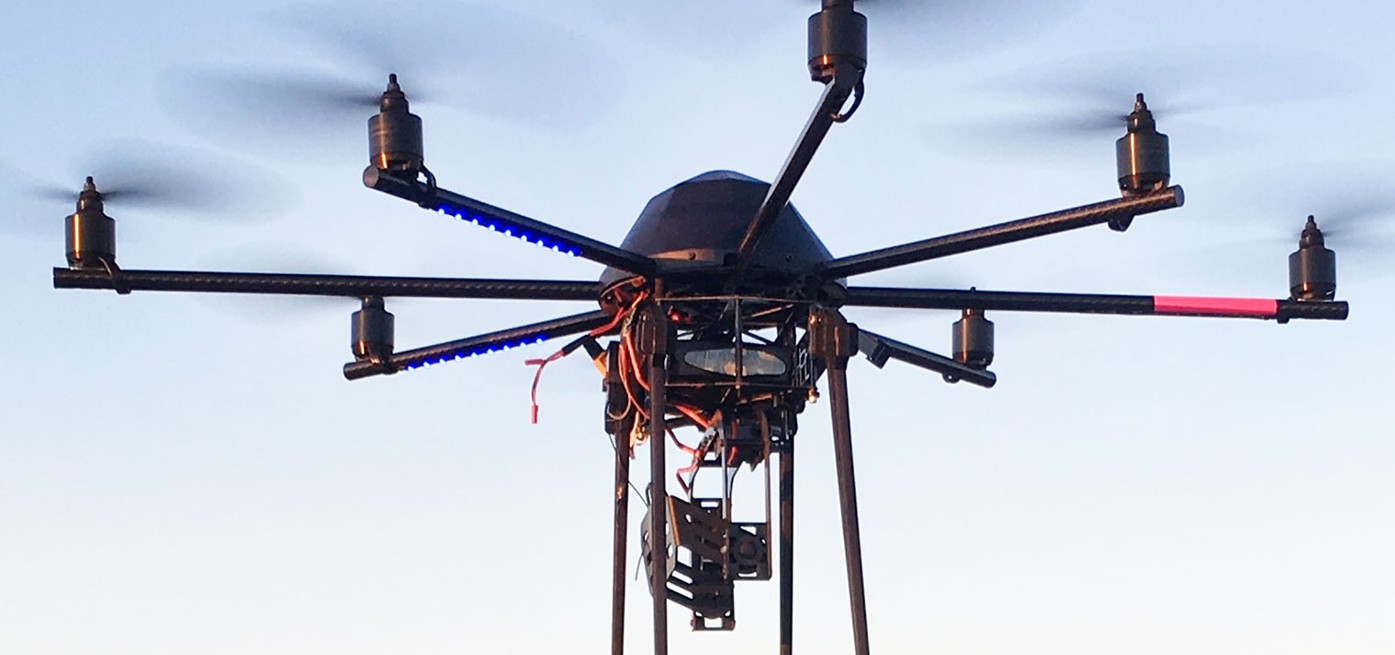
How to Block Drones with a Drone Jammer
In an age where the sky is dotted with drones, the importance of drone jammers has never been more significant. From commercial deliveries to personal

Unmanned Aerial Vehicles (UAVs), commonly known as drones, have become increasingly popular in various industries. However, the rise in drone usage has also led to concerns regarding unauthorized drone intrusions. To counter this threat, one of the primary methods employed is the use of drone jammers. This article delves into the concept of drone jammers and their effectiveness in disrupting UAVs through wireless signal interference.
Drone jammers operate within a specific range to emit wireless interference signals towards UAVs. These devices primarily disrupt the GPS positioning systems carried by most drones, rendering them unable to locate their own position in real-time. By interfering with the GPS signals, drone jammers impede the UAV’s ability to receive terrain coordinate signals, effectively preventing them from continuing their flight. This disruption serves as a crucial countermeasure against unauthorized drone intrusions.
Among the various anti-drone measures, frequency interference targeting the control signals used by drones is a relatively straightforward method that avoids direct damage to the UAV. By disrupting the control signals, drone jammers can force the drone to deviate from its intended path or lose control, effectively deterring unauthorized drone activities.
To prevent sudden communication link interruptions between drones and their remote controllers, modern UAVs are equipped with a feature known as “safe mode.” Without this safeguard, a communication breakdown could result in the drone plummeting to the ground. Instead, through programmed protocols, drones in safe mode are designed to automatically return to their launch point or perform a controlled landing. Exploiting this vulnerability, drone jammers disrupt the signals necessary for the drone’s normal operation, compelling it to leave the area.
As the use of drones continues to expand, the need for effective countermeasures against unauthorized drone intrusions becomes paramount. Drone jammers, by utilizing wireless signal interference techniques, play a crucial role in combating this threat. By disrupting the GPS positioning systems and control signals of UAVs, these devices effectively impede their flight capabilities, ensuring the security and privacy of restricted areas. As technology advances, the development of more sophisticated drone jamming systems will further enhance the defense against unauthorized drone activities.
Our frequency checker tool will help you check all frequency bands used in all country.

In an age where the sky is dotted with drones, the importance of drone jammers has never been more significant. From commercial deliveries to personal

Protect your vehicle’s location privacy with a professional guide on GPS jammers. From selection to legal considerations and installation tips, we’ve got you covered. Key

Here’s a step by step guide on how to build your own GPS jammer. Below are the main steps we are going to introduce in

Understanding Signal Blocker: How It Works and Its Applications Signal Blockers are devices that can disrupt mobile phone signals, preventing them from connecting to base

The Application and Benefits of High-Power Signal Jammers Enhancing Signal Blocking Efficiency in Various Environments In today’s technologically advanced world, the need for effective signal

Considerations for Purchasing Exam Room Signal Jammers Ensuring Effective Signal Jamming for Exam Integrity As the year approaches its end, many schools are preparing for

The Importance of Monitoring and Signal Interference Measures During Examinations During examination periods, it is crucial to closely monitor the examination venues and their surrounding

Selecting the Appropriate Cell Phone Jammer for Theaters and Auditoriums Overcoming Challenges in Installation and Maximizing Signal Disruption The Importance of Cell Phone Jamming in

Remote Control of Cell Phone Jammers via Smartphone: A Possibility? With the rapid development of the Internet of Things (IoT), numerous smart home devices have

Supplying high quality signal jamming devices since 2010. The only jammer store you can trust.
Jammer Master © 2024. Premium Signal Jammer Supplier Since 2010.